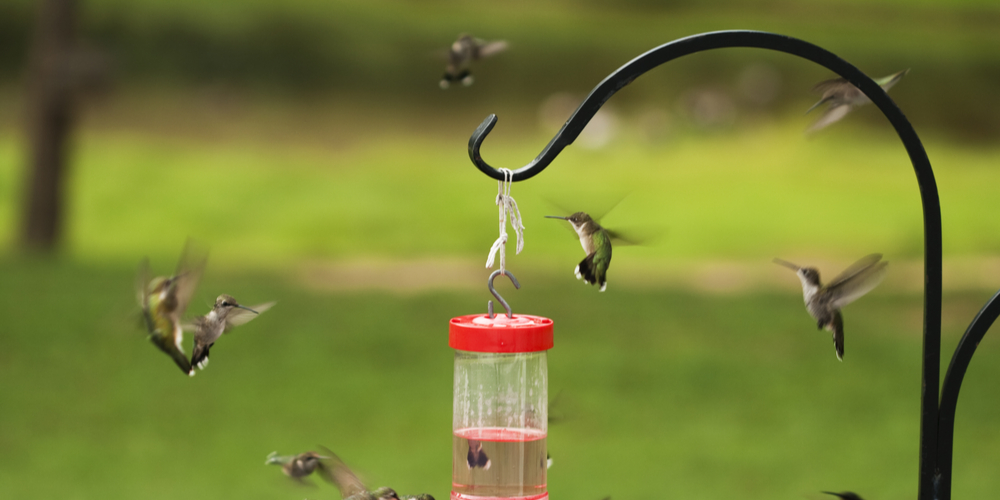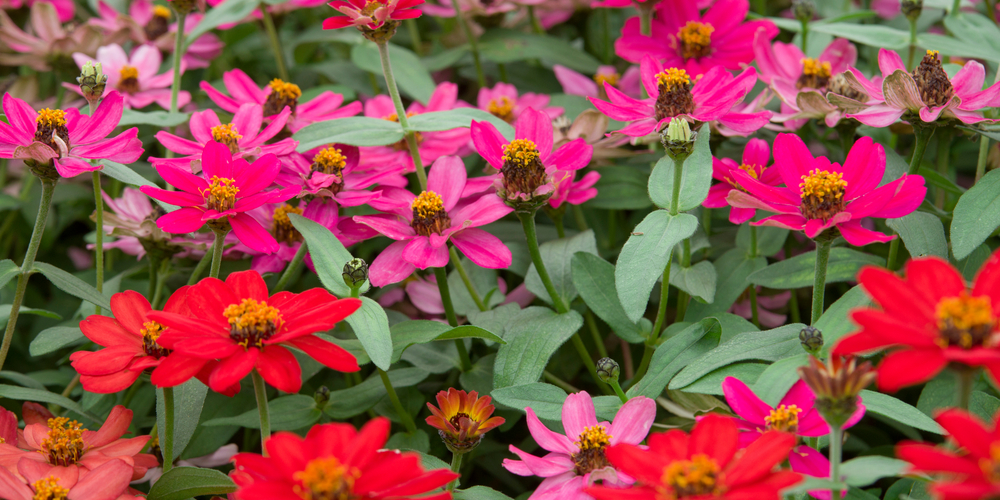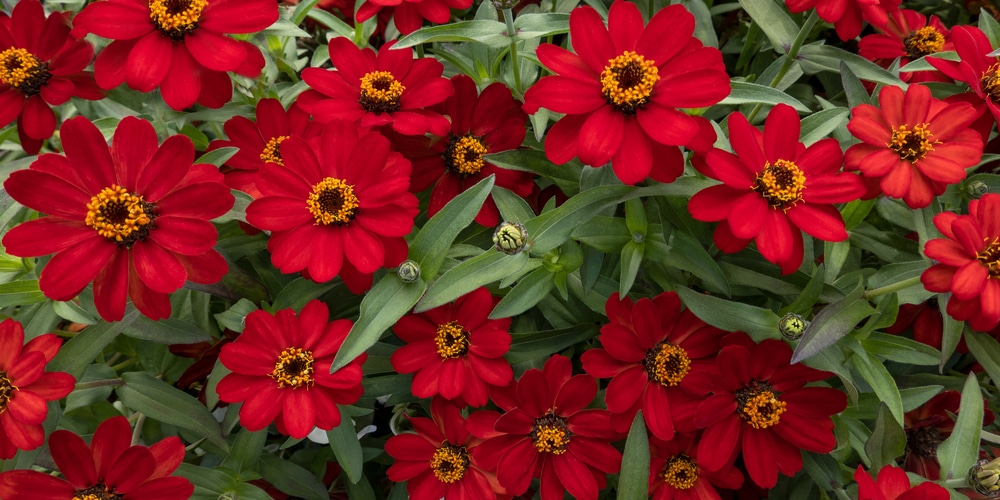Zinnias and hummingbirds seem to be the perfect match – a bright, vibrant flower and a willing pollinator that loves to feed on colorful blooms. That said, do hummingbirds like zinnias?
The answer is a resounding yes! Hummingbirds love zinnias. These hardy, heat-loving plants tend to be some of the richest in nectar that you may hope to grow in your yard. Therefore, if you are hoping to attract more than a few flying pollinators into your garden this coming season, you need to know about zinnias.
Zinnias come in a dizzying array of colors, from classic orange and yellow to hot pink and lavender. They also come in various shapes and sizes, from dwarf varieties that only grow a few inches tall to towering giants that can reach up to four feet in height.
No matter what type of zinnia you choose to grow, they all share one key trait: an abundance of nectar. And it is this nectar that makes them such irresistible candidates for hummingbird gardens.
Suppose you want to attract hummingbirds to your yard, plant zinnias! These cheerful flowers are easy to grow and will provide your backyard feathered friends with plenty of nectar all season long.
Why Do Hummingbirds Love Zinnias
Zinnias are flowering plants that come in a wide range of colors, making them a popular choice for bouquets and gardens alike. But what makes them especially attractive to hummingbirds?
In addition to their vibrant colors, zinnias also produce many nectars. This sugary substance is a key energy source for hummingbirds, which helps the birds to maintain their high metabolism and power their rapid flight.
Hummingbirds are also drawn to the shape of zinnias, which have long, tubular petals that are easy for the birds to land on and access the nectar.
While many people think of hummingbirds as delicate creatures, they are quite tough. They can hover in mid-air and fly backward, and they can even withstand cold temperatures that would kill most other birds.
Despite their small size, hummingbirds have a voracious appetite, and they need to eat almost constantly to maintain their energy levels. Fortunately, zinnias are an ideal food source for hummingbirds. The flowers are easy for them to access, but they are also full of nectar.
A single zinnia can provide enough nectar to keep a hummingbird going for hours. As a result, it is no wonder that these beautiful creatures are drawn to zinnias.
How To Grow Zinnias
Zinnias are one of the most popular annual flowers, and for a good reason. They are easy to grow and come in a wide range of colors, including red, yellow, orange, pink, and purple.
They can also tolerate a wide range of growing conditions, making them ideal for beginners and experienced gardeners. If you’re thinking about adding zinnias to your garden this year, here are some tips to help you get started.
To start, zinnias prefer well-drained soil with a pH level of 6.0 to 7.0. They also need full sun to thrive, so choose a location that receives at least six hours of direct sunlight each day.
Once you’ve selected a site, you can either sow the seeds directly in the ground or start them indoors in seed flats or peat pots. If you start them indoors, be sure to transplant them into the ground as soon as the danger of frost has passed.
Once your zinnias are in the ground, all they need is regular watering and occasional fertilizing. Water them deeply about once per week, and fertilize them with a balanced fertilizer every four to six weeks.
Lastly, deadhead the flowers regularly to encourage continuous blooming.
Other Flowers That Hummingbirds Are Attracted To
While zinnias are a great choice for attracting hummingbirds, they are not the only option. If you’re looking for other flowers to include in your hummingbird garden, consider planting some of the following Zinnia companion plants:
- Bee balm
- Butterfly weed
- Cardinal flower
- Columbine
- Coral honeysuckle
- Petunias
No matter what type of flowers you choose to grow, remember that the key to attracting hummingbirds is to provide them with a consistent source of nectar.
By planting various flowers that bloom at different times, you can ensure that your backyard feathered friends have a food source all season long.
Related Article: Do Impatiens Attract Humming Birds?


